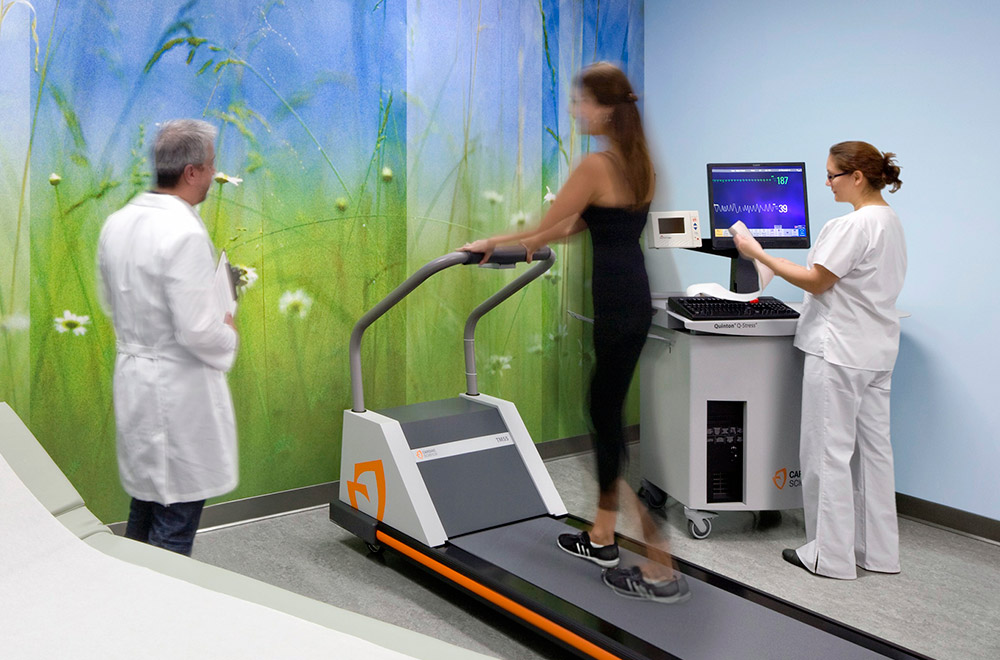When it comes to hospital stays, these days the patient is king. More and more, healthcare administrators are incorporating less institutional features—artwork, natural light, and tranquil music, to name a few—to the design of healthcare facilities, noting these patient-centered design features actually enhance healing and the patient experience. As industry leaders in this growing healthcare trend, Planetree and HMC Architects have co-authored a white paper that dives deep into patient-centered approaches to the physical environment, complete with examples of the successful implementation of patient-centered principles in hospital designs around the country.
While many hospitals embrace a patient-centered philosophy wholeheartedly, others are taking an incremental approach to adopting this care strategy. Below are ten tips for beginning the journey into exploring patient-centered design:
1. Understand of the needs and expectations of patients and staff, the purpose and practices of the health care facility, and the psychological and social effects of design and planning.
2. Create a comfortable healing environment that encourages family and friends to visit at length, providing the emotional support that underwrites recovery.
3. Talk to patients and staff to determine the base-level needs and then adjust what you can, when you can.
4. Start with changing the staff’s attitude about showing up to work and delivering care.
5. Hire people who internalize the meaning of the word caregiver.
6. Care for staff on the job by providing fresh, nutritional food choices.
7. Examine interaction points and how care is being delivered.
8. Rethink how workflow can be done at the bedside.
9. Take the patient-eye view.
10. Determine what your facility is trying to accomplish, and then assess how those goals can be optimally realized with the realities of your budget and existing facilities.

